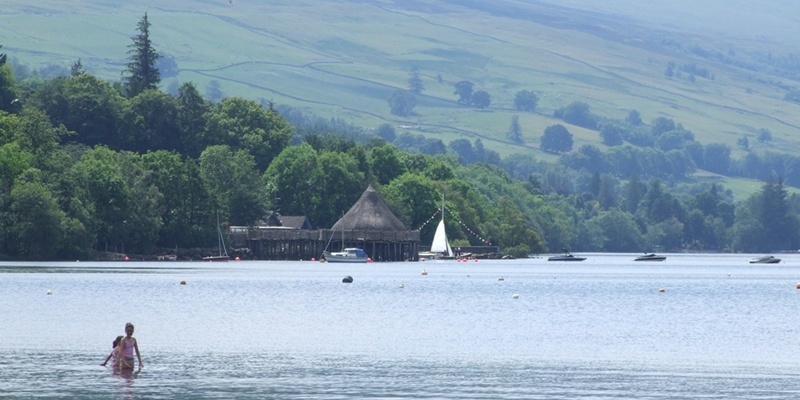Scotland’s tourism sector is dominated by the staycation market, VisitScotland has reported.
The national tourism agency said the stay-at-home market had continued to grow rapidly this year with visits in the first half of 2011 up by 6% to 5.9 million representing 84% of the country’s overall tourism sector.
The figures were released as VisitScotland said its £3.5m Surprise Yourself multi-platform domestic marketing campaign had delivered £89.9m of additional economic benefit to Scotland since it launched back in the spring.
In another sign of the health of the sector, more than 40 Scottish tourism operators gathered at Comrie Croft hostel and eco-camping site in Perthshire last week to explore ways of developing rural tourism.
Pat Somerville of organisers Scottish Land and Estates said: ”Anecdotal evidence suggests that the recession has increased the amount of Britons turning to the great outdoors, heading to the countryside and returning to the simple pleasures of life.
”Here exists a great opportunity for interested land-based businesses to tap into this growing market by offering increasingly innovative products and packages to tourists.
”Scotland is a world-class venue with enormous potential for us all to benefit from.”
Reacting to the VS campaign results, finance secretary John Swinney said: ”The Surprise Yourself campaign has generated an additional £89.9 million to Scotland’s economy since its launch in March making it VisitScotland’s most successful domestic campaign to date.
”This positive news follows on from the latest Office for National Statistics figures which show Scotland has seen a 6% increase in domestic visitors in the first six months of 2011, compared to the same period in 2010, and a 13% increase in expenditure.
”This growth is testament to the success of VisitScotland’s push on the ‘staycation’ market.”
